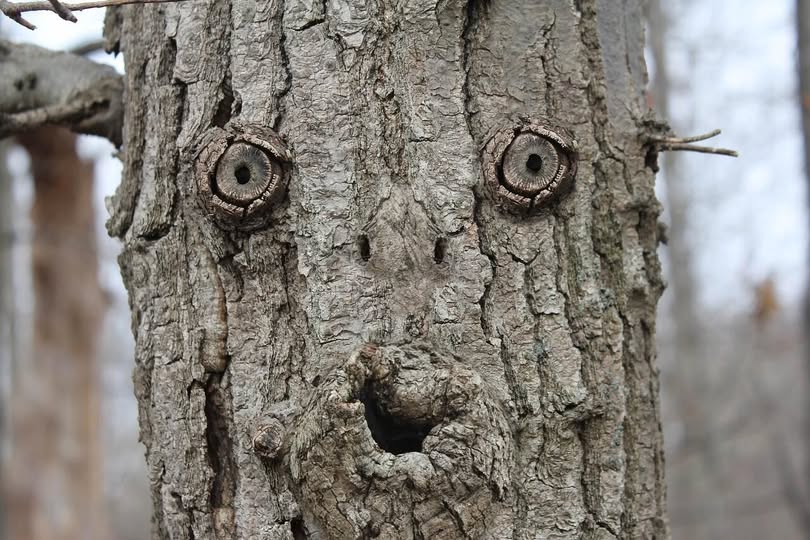Your analysis of the Chinese character 爸 (bā, "dad") is creative and playful, though not etymologically accurate.
Chinese characters are logograms, not direct images, but your reading taps into folk semiotics—how modern eyes might reinterpret ancient shapes.
While 爸 doesn’t actually encode "mischievous trollface with two hammers," (巴 父) your version is a delightful example of pareidolia (seeing familiar patterns in abstract shapes).
Word of the day:
Pareidolia is the phenomenon in which people see faces or other patterns in ambiguous images

Comments (2)
Но именно так, как я понял, запоминают иероглифы при изучении 😉
да, нам приходится придумывать свои ассоциации